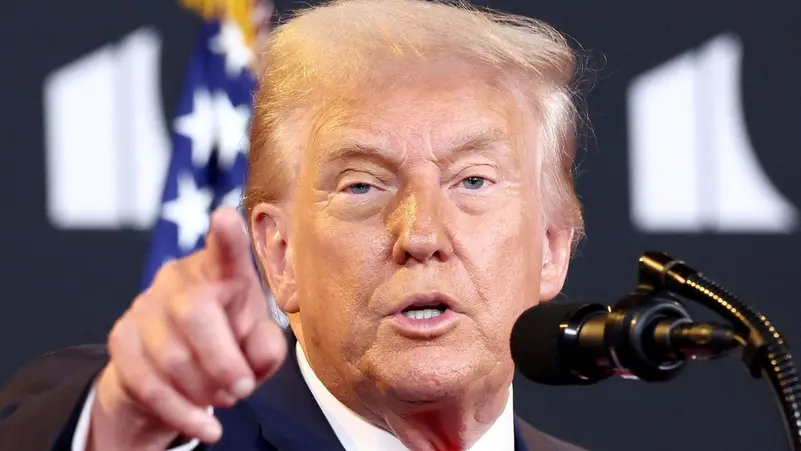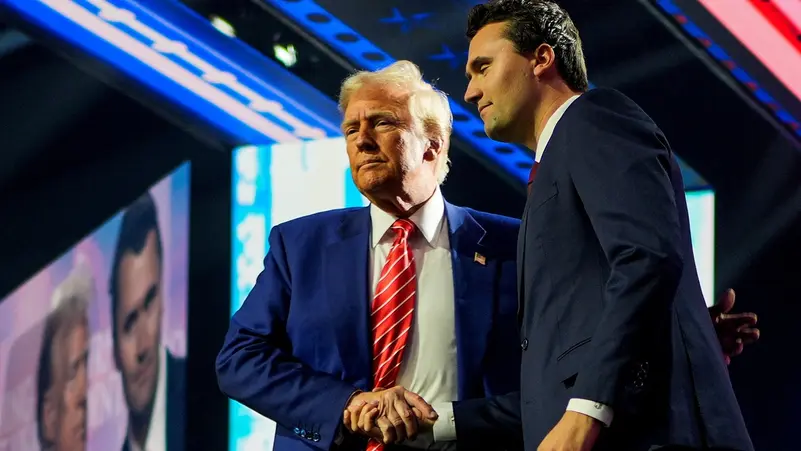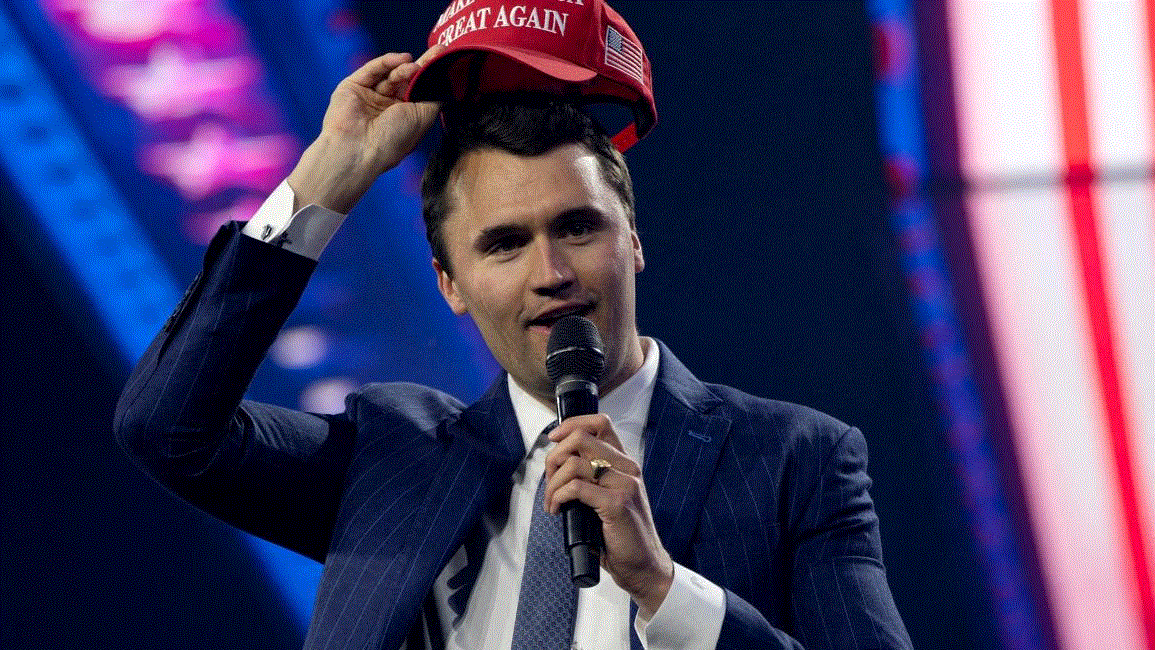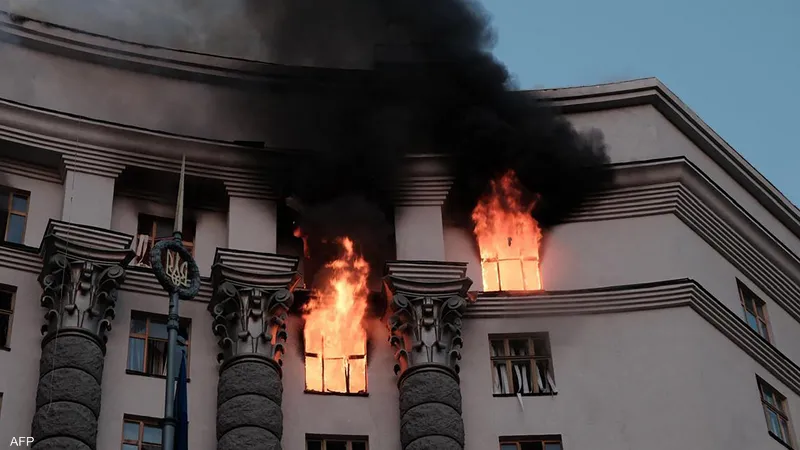Trump’s Tariff Move on India Sparks Clash with Democrats Over Russia Ties
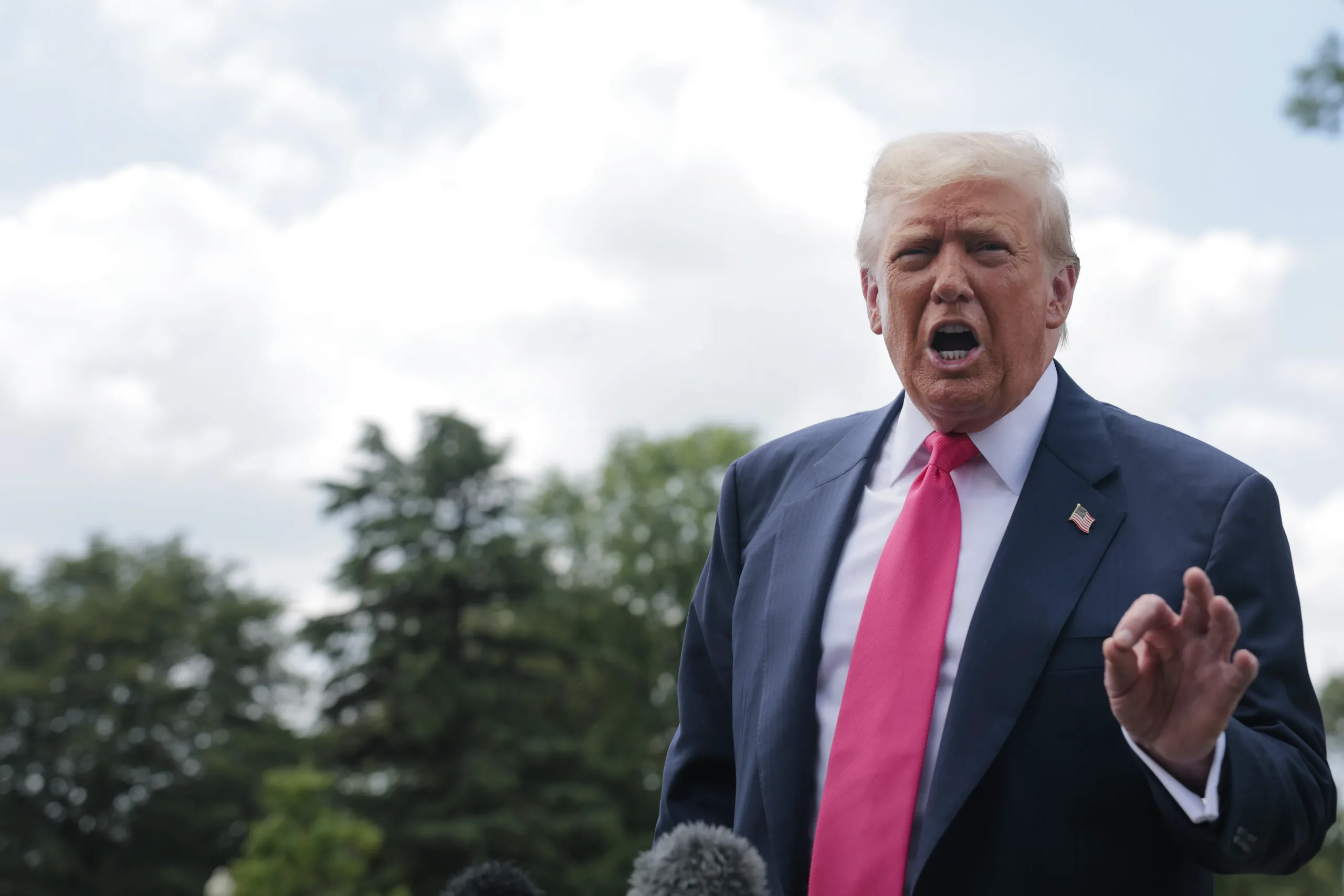
Former President donaldtrump has reignited global debate by announcing plans to impose 25% tariffs on Indian imports, citing national security and trade imbalances. But it wasn’t the tariffs alone that made headlines: Trump also hinted at possible sanctions on India due to its defense ties with Russia—a move sparking fierce criticism from Democrats and some Republicans alike.
The announcement came as Trump continues to position himself as a strong voice on foreign policy ahead of a potential 2026 run, showing his willingness to target even key U.S. partners if national interests are at stake.
Political Firestorm in Washington
Democratic lawmakers quickly accused trump of jeopardizing U.S.-India relations at a delicate time when Washington seeks to counterbalance China’s influence in Asia.
Critics argued that India remains a critical ally, and imposing tariffs alongside potential sanctions could weaken strategic cooperation, especially in defense and technology.
On programs like thefive and foxnews, conservative commentators defended Trump’s stance, framing it as a push for fair trade and a warning against deepening ties with Russia.
The Russia Factor: Why It Matters
India has long relied on Russian military equipment, from fighter jets to missile systems. U.S. policymakers across both parties have pressured New Delhi to diversify its defense purchases.
By linking tariffs and possible sanctions to Russia ties, Trump sent a clear signal: continued reliance on Moscow could come at an economic cost.
However, some analysts from columbia university warned that punishing India too harshly could push it closer to Russia—or even China.
Democrats Strike Back
Leading Democrats described Trump’s announcement as reckless and “short-sighted.” They argue the focus should be on offering India attractive U.S. alternatives, rather than threats.
They also questioned whether Trump fully considered economic consequences, including higher costs for American businesses and consumers.
The debate played out live across media, fueling a wider conversation about America’s global trade strategy.
Economic Impact and Domestic Fallout
Imposing 25% tariffs could significantly raise prices on Indian goods, from textiles to pharmaceuticals. Economists linked to the federalreserve warned that this might add to inflationary pressure already facing American consumers.
U.S. importers, particularly in sectors like clothing and IT services, expressed concern about higher costs and potential supply chain disruptions.
Trump’s Message to His Base
Trump’s announcement seemed designed in part to reinforce his brand as a dealmaker unafraid to challenge even allies. By framing the tariffs as essential to national security, he tapped into themes that resonate with his base: economic nationalism, sovereignty, and skepticism of global alliances.
Broader Strategic Stakes
Beyond economics, experts noted the move risks undermining shared security goals. The U.S. has spent years strengthening defense ties with India to counter China’s growing power.
Sanctions or trade penalties could complicate joint military exercises, defense technology transfers, and intelligence sharing.
Public Reaction: Divided and Vocal
Social media lit up with debate: some praised Trump’s tough stance, while others mocked it as “shooting America in the foot.” Memes compared the potential fallout to previous trade wars and questioned the wisdom of targeting democratic allies.
In India, media outlets expressed alarm, warning of strained relations that could benefit rivals like Russia and China.
What Comes Next?
As Trump teases a political comeback, questions remain about whether Congress would back these tariffs or sanctions if he returns to office. Some Republican lawmakers share concerns about India’s Russia ties, but many also value India as a counterweight to China.
Analysts predict months of diplomatic maneuvering to prevent escalation.
Lessons from Past Trade Moves
During his presidency, donaldtrump used tariffs as leverage against China, the EU, and even Canada. Critics say these moves often raised costs without fully achieving policy goals, while supporters argue they forced trade partners to the negotiating table.
The India announcement fits the same pattern: unilateral pressure aimed at shifting another country’s decisions.
Beyond Politics: The Human Angle
Trade policies aren’t just numbers—they affect real people. Indian textile workers fear job losses if U.S. demand drops. American retailers warn that consumers could see higher prices on everyday items.
Meanwhile, experts caution that alienating India could slow cooperation on global health, climate change, and technology.
Final Thought
Trump’s new tariff threat against India shows how foreign policy, trade, and domestic politics remain deeply intertwined. As debates heat up in washington, the world watches to see whether tough talk becomes lasting policy—and at what cost.
The stakes go beyond economics: they test alliances, shape global strategy, and reveal how much risk U.S. leaders are willing to take in pursuit of leverage.
